How is genetic testing of honeybee samples performed ?
Genetic markers that are characteristic of different honeybee subspecies/races can be analyzed by sensitive polymerase chain reaction (PCR) style tests.
 One such marker is the mitochondrial cytochrome b gene that carries a single nucoletide polymorphism (SNP) that distingushed between matrilineal African (Apis. m. scutellata) origin and various European races (Apis m. melifera and others).
One such marker is the mitochondrial cytochrome b gene that carries a single nucoletide polymorphism (SNP) that distingushed between matrilineal African (Apis. m. scutellata) origin and various European races (Apis m. melifera and others).
Bee specimens are dissected and a single leg is used for preparing a DNA sample. The leg is transferred to a microfuge tube and DNA extraction buffer added. The extraction buffer contains detergent solution to break open the cells and proteinase K which is a powerful protease enzyme able to digest the cells' proteins. This combination helps release the DNA.
A small amount of this starting honeybee DNA is then transferred to a PCR assay plate and mixed with a cocktail of different components. These incude:
- Bee DNA (starting template)
- dNTPs (the basic nucleotide building blocks of DNA)
- DNA Forward/Reverse Primers (short oligonucleotide DNA fragments specific to the DNA region to be amplifed)
- TaqMan Primer-dyes (sequence specific oligonculeotide primers coupled to different colored dyes to quantitate the different gene products of interest)
- Buffer (to provide the correct salt and pH conditions)
- Taq DNA polymerse (DNA copying enzyme)

To amplify specific regions of the genome that contain diagnostic differences in the genetic code (e.g. mitochondrial cytochrome b gene), sequence specific DNA primers (short pieces of DNA that bind upstream and downstream of the target region), nucleotides (the basic building blocks of DNA) and a DNA copying enzyme (Taq DNA polymerase) are mixed together. The reactions are then run on a programmable thermal cycler PCR instrument as follows:
-
Melting step: The PCR reaction starts by heating the sample to 95 oC. At this temperature the double stranded DNA helix separates (melts) to give two single strands.
- Annealing step: The reaction temperature is then lowered to 55 oC until the short forward/reverse DNA primers can bind (anneal) to their sequence specific regions.
- Elongation step: The temperature is then raised to 72 oC which is the optimal temperature for the Taq DNA polymerase to copy the DNA (elongation step). At this point every starting piece of target DNA has been copied to double the amount of product DNA.
- Quantitation step: The instrument will measure the amount of product present based on the fluorescence light signal produced by primer-dye probes (TaqMan probes) that target the single nucleotide polymorphisms (SNP) present in the product. As the amount of product increases with each cycle, the fluorescence signal stengthens.
- Repeat cycle (steps 1-4): These three steps are then repeated another 40-times. With each cycle the amount of product doubles. After 40 cycles there could be millions of copies of product DNA produced from a single copy of starting template DNA.
A graph of the amount of DNA product (fluorescence intensity) versus the cycle # shows if there is a positive signal for amplification of the gene region of interest.

For the cytochrome b test, AHB DNA is detected by a TaqMan primer probe coupled to FAM dye (orange) whilst European bee DNA is detected by a probe couple to Hex dye (blue). In any sample these signals should be mutally exclusive hence giving a definitive result about the genetic heritage of the matrilineal (queen) line.
A positive result for the AHB SNP implies the bees are descendants of one of the 26 Apis m. scutellata queens that were accidently released in Brazil in 1956 and subsequently spread north throughout the Americas into the southern United States.
